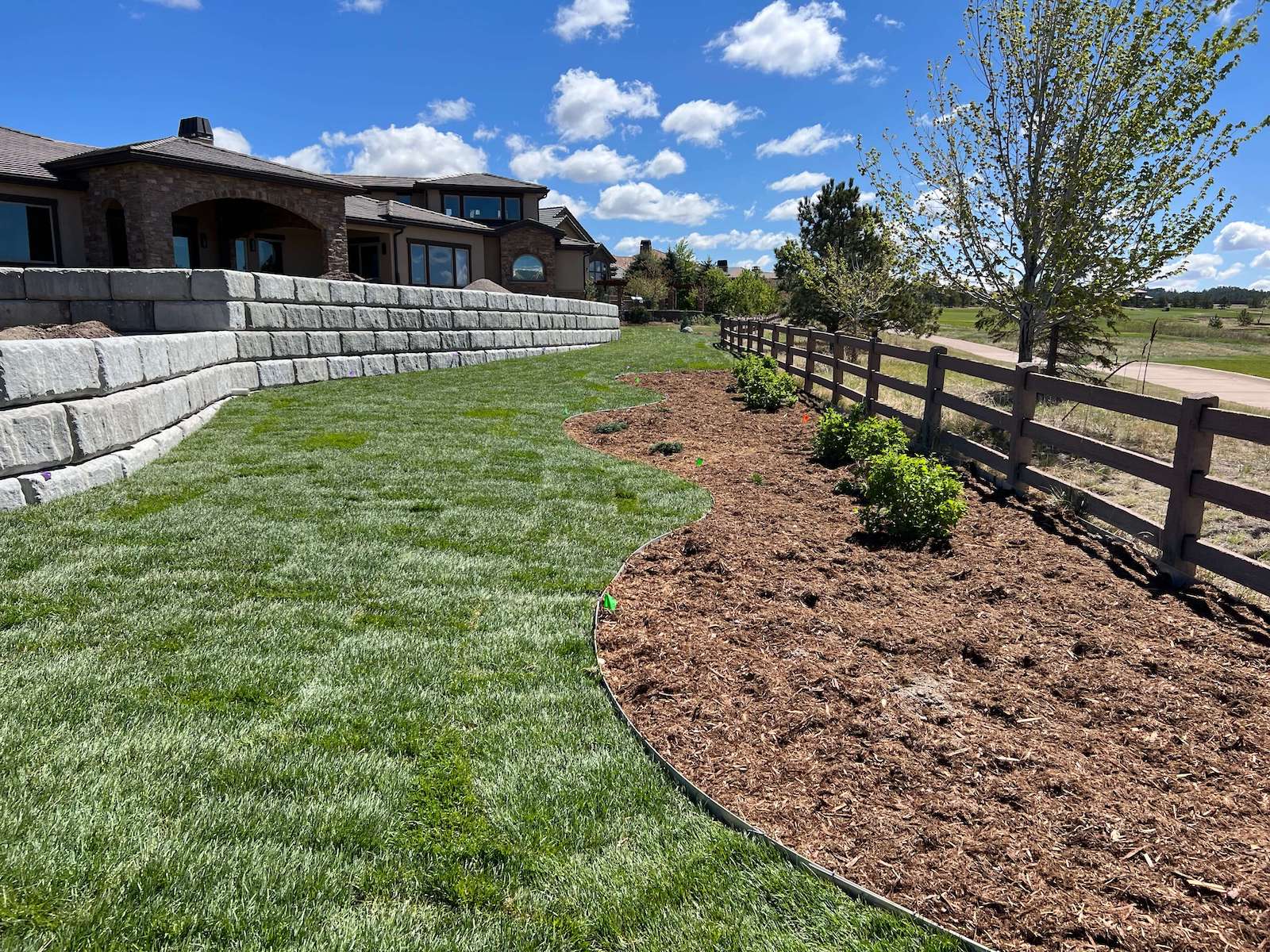Hilton Head Landscapes for Dummies
Hilton Head Landscapes for Dummies
Blog Article
Hilton Head Landscapes Can Be Fun For Everyone
Table of ContentsHilton Head Landscapes Can Be Fun For EveryoneMore About Hilton Head LandscapesAbout Hilton Head LandscapesFascination About Hilton Head LandscapesThe Only Guide to Hilton Head LandscapesWhat Does Hilton Head Landscapes Do?The Hilton Head Landscapes PDFs
Line produces all forms and patterns and can be made use of in a range of means in the landscape. Line in the landscape is created by the side in between two products, the synopsis or shape of a type, or a lengthy direct feature. Lines are a powerful device for the designer since they can be used to develop a limitless variety of forms and types, and they manage activity of the eye and the body.

Lines can have one or even more characteristics, such as those explained below, however they typically offer different functions. Number 1. Lines in the landscape - landscapers hilton head island. The properties of lines figure out exactly how individuals react to the landscape, both emotionally and literally. Straight lines are architectural and powerful; they develop an official character, are usually connected with a symmetrical style, and lead the eye directly to a focal factor.
Not known Details About Hilton Head Landscapes
Straight lines are usually located in hardscape sides and product. Curved lines produce an informal, all-natural, loosened up character that is linked extra with nature and unbalanced equilibrium. Rounded lines relocate the eye at a slower rate and include enigma to the room by creating hidden views. Upright lines relocate the eye up, making a room feel bigger.
Upright lines in the landscape consist of high, slim plant material, such as trees, or tall structures, such as an arbor or a bird residence on a post. Straight lines relocate the eye along the ground aircraft and can make an area really feel bigger. Reduced lines are extra subdued and create a feeling of remainder or repose.
Get This Report about Hilton Head Landscapes
Reduced lines are created by reduced garden walls, walkways, and brief bushes. Lines are used to attract types on a plan. In strategy view, they define plant beds and hardscape areas. Lines are additionally developed by the vertical kinds of built attributes and plant material. There are three primary line kinds that develop form in the landscape: bedlines, hardscape lines, and plant lines.
Bedlines connect plant material to your house and hardscape due to the fact that the eye complies with the line, relocating the stare via the landscape. Hardscape lines are produced by the side of the hardscape, which delineates the built framework. Line can additionally be produced by lengthy and narrow materials, such as a fencing or wall.
4 Easy Facts About Hilton Head Landscapes Described
Type is located in both hardscape and plants, and it is commonly the leading visual element that spatially organizes the landscape and typically identifies the design of the yard. The form of frameworks, plant beds, and garden accessories also establishes the overall form motif of the garden. Formal, geometric types include circles, squares, and polygons.
Plants produce type in the yard with their outlines or silhouettes, however form can likewise be defined by a void or unfavorable area between plants - Landscaping bluffton sc (https://www.edocr.com/v/n3mz8xkl/stevenagonzales/hilton-head-landscapes). Circles can be complete circles, or they can be divided into fifty percent circles or circle segments and integrated with lines to produce arcs and tangents
The Buzz on Hilton Head Landscapes
Circles can additionally be stretched right into ovals and content ellipses for even more variety and passion. Circles are a solid design kind due to the fact that the eye is always attracted to the center, which can be made use of to highlight a prime focus or link various other types. Number 2. Circular kinds in hardscape and lawn panels.
The square kind can likewise be fractional and pre-owned repeatedly to produce a grid pattern. Unlike circles, squares are more powerful on the sides, which can be lined up or overlapped to develop special patterns and more intricate kinds.
Meandering lines typically simulate the all-natural training course of rivers or streams and can be explained as smooth lines with deeply curved wavinesses. Twisting lines (Number 3) function well for paths, plant bedlines, and dry stream beds. Twisting lines can add passion and secret to a yard by leading customers around edges to uncover new views and areas.
The Hilton Head Landscapes PDFs

Figure 5. Fragmented sides: stepping rocks in path. Form is the most enduring high quality of a plant (hilton head landscapers). https://www.pubpub.org/user/steven-gonzales. Typical plant forms are well established and standardized, as form is one of the most consistent and recognizable characteristic of plants. Form can also be developed with the massing of plants, where the general mass produces a different kind than a specific plant.
An extremely contrasting kind needs to be utilized with careone or two job well as a prime focus, but way too many create disorder. Natural plant forms, as opposed to over-trimmed forms, need to develop the bulk of the make-up. The significance of overall kind is essentially depending on the viewing perspectivethe type of a tree can appear rather various to a person standing under the canopy versus seeing the tree from a distance in an open area.
The Single Strategy To Use For Hilton Head Landscapes
Plant types additionally create and define the gap or open rooms in between the plants, producing either convex or scooped kinds in the voids. High-arching tree branches typically create a concave open space under the branches, and a rounded cover with reduced branches loads the space to produce a convex type outdoors room under the tree.

Report this page